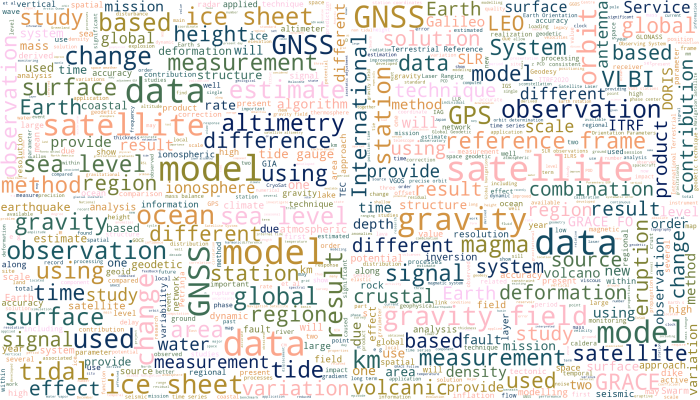Getting the small g (the absolute gravity value) outdoors has always been some sort of a challenge. But, in the early 2000s the possibility to measure gravity has changed by the arrival of the first A10 absolute gravimeters. They to a large extent revolutionized the approach of performing gravity measurements in the open field and with that improved the approach to design and measure national grav ...[Read More]
Geodesy Division Year In Review 2021
With 2021 coming to an end, we wanted to wrap up the year with a blog post summarizing all the things that happened within the Geodesy division. And, although we are still in the middle of a pandemic, there are a number of things to look forward to in 2022! Looking back on 2021 New Division Team 2021 was a year with many changes in the Geodesy Division. Outgoing Division President Johannes Böhm ha ...[Read More]
EGU Campfire Geodesy – Share Your Research – Third Edition
We all welcome you around our third EGU Geodesy Campfire to listen to two exciting talks by Early Career Scientists (ECS) Kyriakos Balidakis and Giulio Tagliaferro. The Geodesy EGU Campfire Events “Share Your Research” will give early career researchers the chance to talk about their work. Below you can find detailed descriptions about their talks. We will have time for networking after the ...[Read More]
Around the world with Professor Vening Meinesz onboard the submarine K-XVIII: Exploration of the Solid Earth

On 14th of November 1934, the Dutch travelled to the harbor of Den Helder situated in the north of the Netherlands to catch a glimpse of the departure of Hr. Ms. K-XVII: A submarine of the Royal Dutch Navy setting sail on a trip around the world. Onboard was a unique traveler and with his non-typical height of 2 meters tall, he towered above the average submarine sailor. Professor Vening Me ...[Read More]



